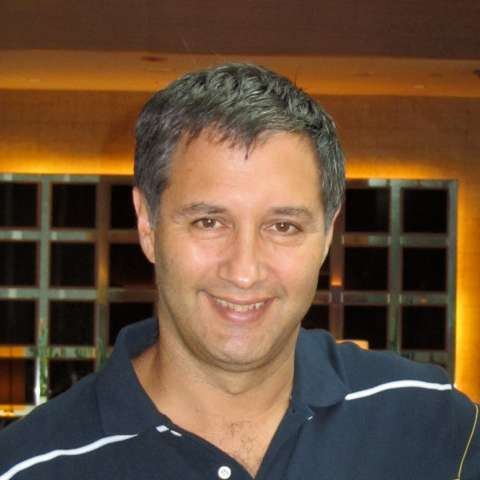Winter in the Swiss Alps: freezing temperatures and snow outside. A modest seventeenth-century church of elegant proportions, painted plasterwork and wood panelling. A dozen crack musicians, specialists in baroque music. Could you ask for a better setting to hear a set of Bach concerti?
In actual fact, putting on a programme entirely composed of Bach concerti is perhaps harder than it sounds, especially in a church. You have to achieve the right balance of instruments (tricky in an acoustic primarily designed for choral music), and if you’re operating on period instruments, you have to get the audience’s ears attuned to harpsichords and baroque violins. You also need to find a way of varying textures with music from a period in which orchestral colour was not the norm.
In this concert in Saanen Church as part of the “Sommets Musicaux de Gstaad” festival, Diego Fasolis and I Barocchisti (who describe themselves as a “variable geometry” baroque ensemble) made an impressive fist of overcoming these difficulties, giving us a programme that demonstrated both the variety and the constancy within this particular subset of Bach’s output.
We had three concerti with different solo instrument combinations: violin, harpsichord and two harpsichords. Each concerto gave us a different texture and also a different emphasis. In the D minor harpsichord concerto, the urgency and drive comes in the first movement, constantly pulling you in forward motion. In the A minor violin concerto, the power is in the slow movement Andante. This may be “at a walking pace,” but it’s not a gentle stroll: the lyrical melody in the solo violin is underpinned by an insistent, heavily accented driving force. In the C minor double harpsichord concerto, the excitement is in the finale: it may be unthinkable to stand up and dance to Bach in a respectful twenty-first-century concert, but the music seemed to beg for it.
The constancy in these works is to admire Bach’s mastery of harmonic progression. More than any composer, Bach drags your ear from one key to another, forcing you to follow him, never sure where the music is headed but inwardly certain that at some point, he will take you back safely to the home key, after a series of adventures in between. It demands concentration on the listener’s part, but it’s a magical journey.
I Barocchisti played each of these pieces with general technical excellence, but what impressed most was their ability to get the balance right for the harpsichord concerti. A fraction of inattention would have resulted in the string players overpowering the harpsichord(s), which are not loud instruments. Rather, you could see the violinists bending an ear towards the keyboards to make absolutely sure that the levels were kept right. The acoustics of Saanen church also impressed: the result was a sonic balance where you could hear every instrument. The harpsichord playing of Diego Fasolis and Francesco Cera was marvellous to hear: without the benefit of the dynamics of a piano, the soloists are forced to pay great detail to phrasing and to the interplay between each other and the orchestra, and it was exciting to watch the way Fasolis and Cera sparked off each other.
Less successful was the organ concerto which opened the concert. While I enjoyed it overall, I was rather put off by slight breaks in timing which permeated the piece. I suspect this may have been due to instrument problems – I was assured that Fasolis wouldn’t normally play the concerto this way. Setting aside these woes, the concerto did a decent job of reminding my ears of the unique way in which Bach builds a series of harmonies.
I’m here at Sommets Musicaux de Gstaad for another two days, so there will be plenty more to review. As an opener for me (the festival has been on for a few days now), this was a wonderful performance of a fascinating programme.


